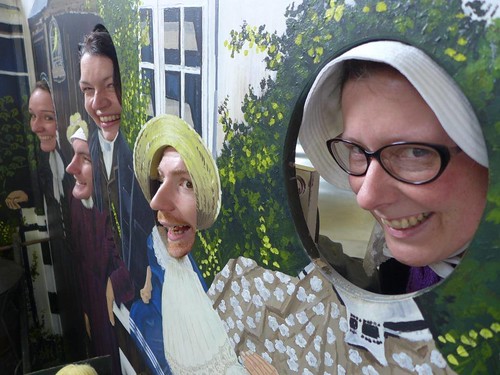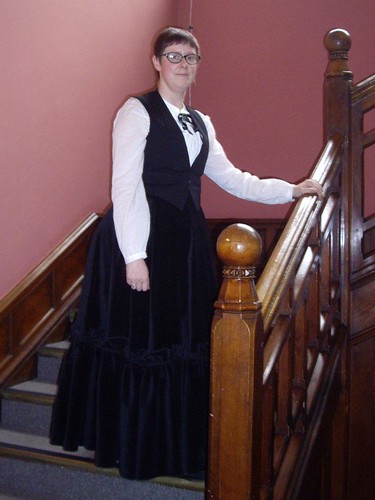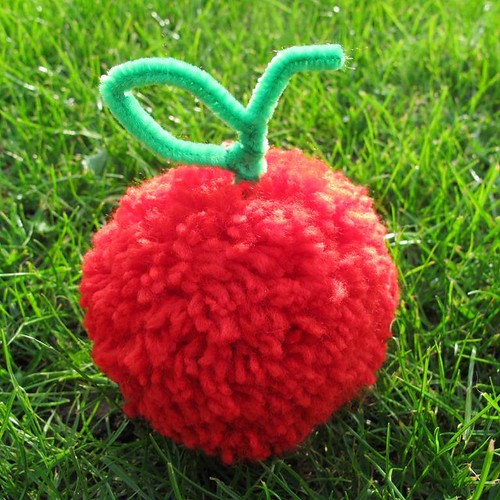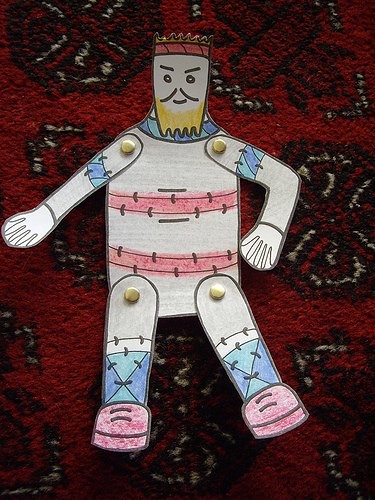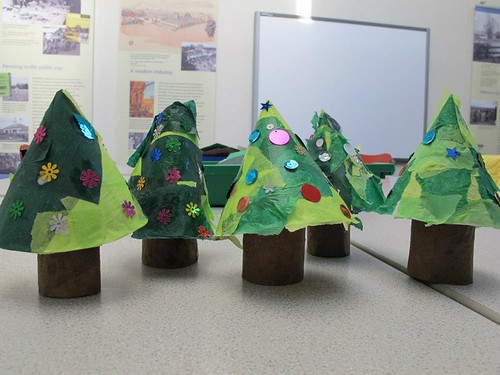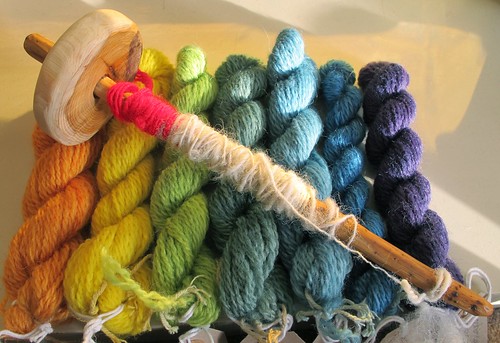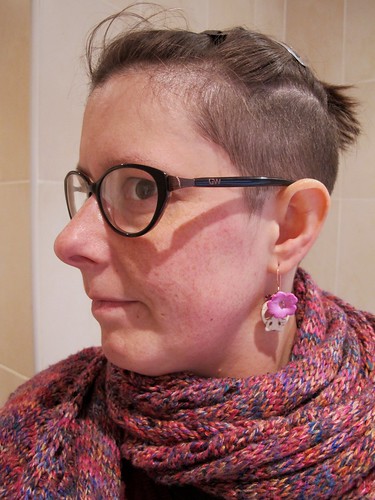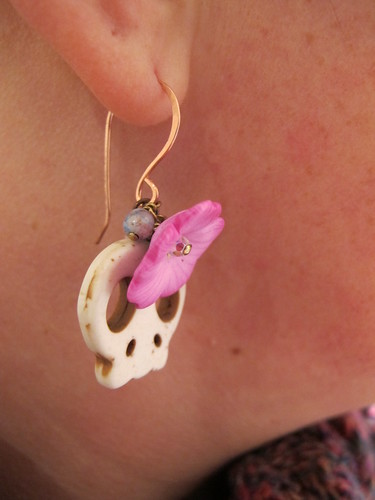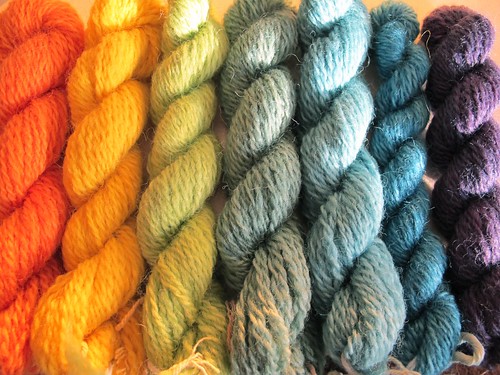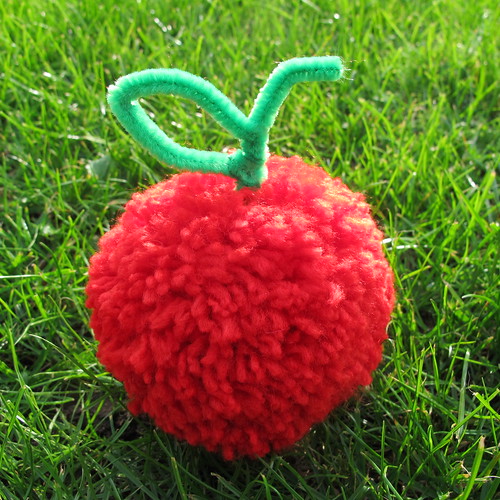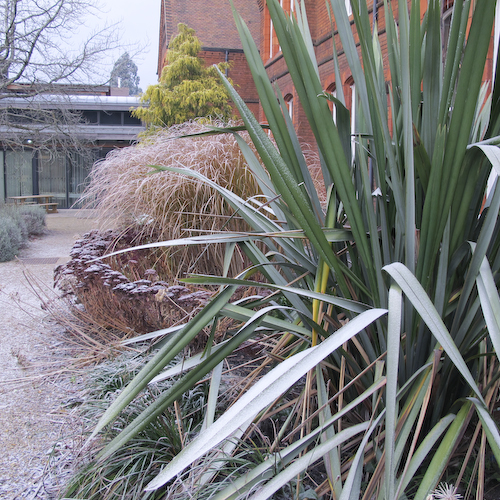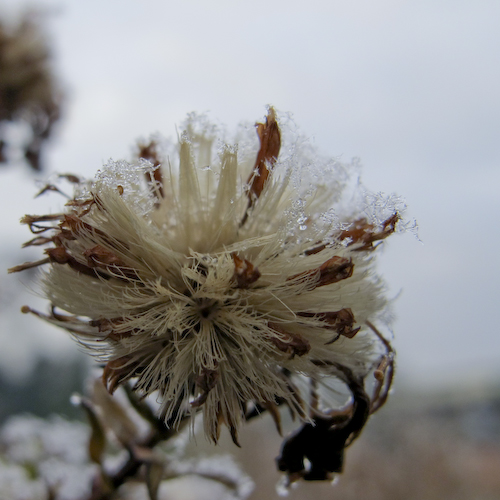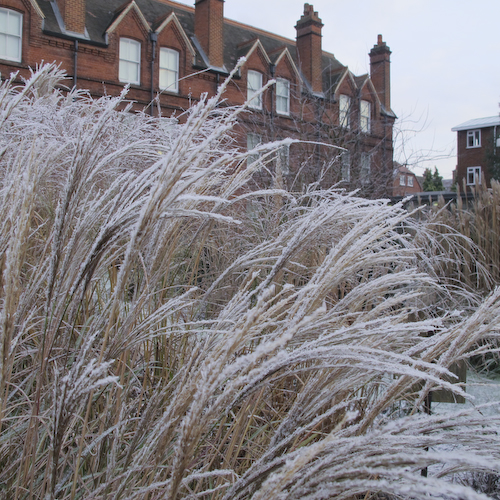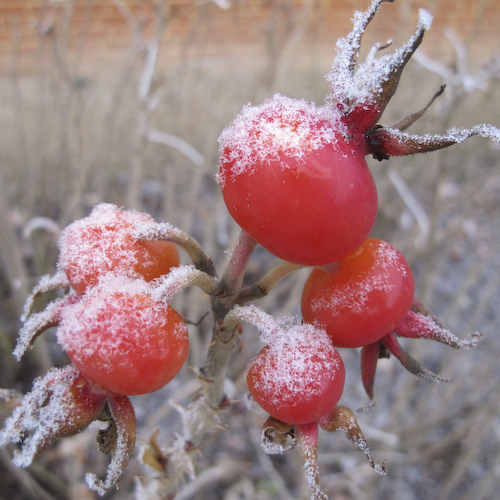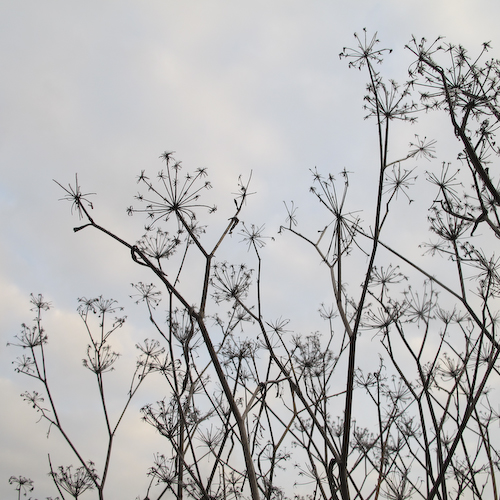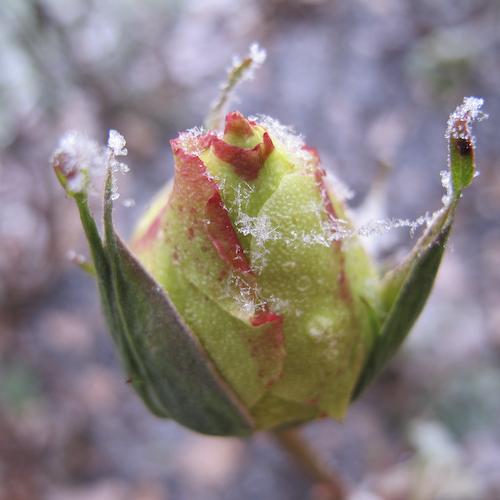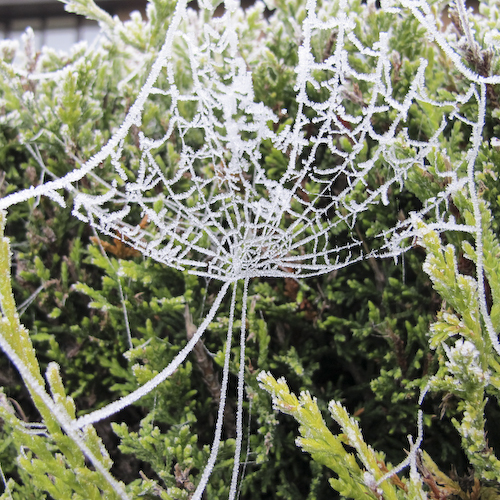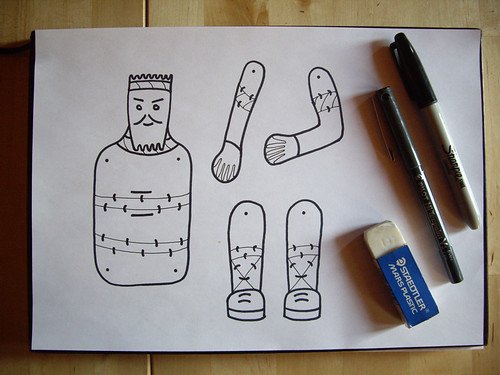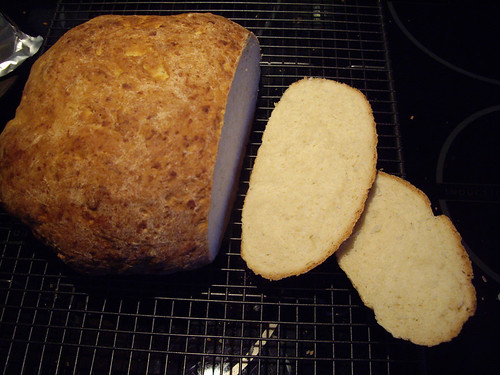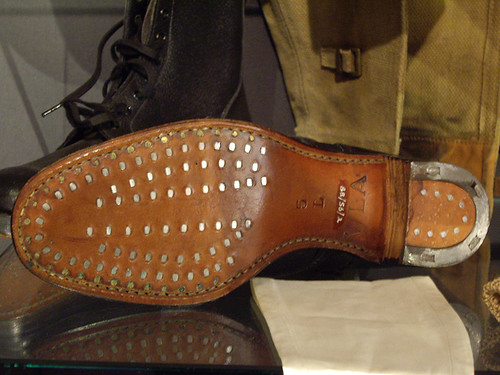A question I’m asked fairly often is whether I plan to eventually give up my job and work full time for myself, making and selling things. If you’d asked me a few years ago, the answer would have been a resounding yes! I’ve had a couple of periods in between jobs where I was lucky enough to be able to work for myself full time, and whilst I did enjoy it, the pressure of needing to bring in a steady income coupled with the isolation of being alone at home all the time made me, quite frankly, go a bit bonkers.
For the past five years I’ve been volunteering and subsequently working at The Museum of English Rural Life, in a whole host of different capacities.
Chicken-wrangling, during a visit from a local farm…
Dressing (approximately) as a Victorian, for a Dickens at Christmas event…
…and bonnet-wearing, with colleagues, for #museumselfie day on Twitter, in the photo at the top!
As Learning Assistant I had access to the most fantastic supply of materials, so I could work with the Toddler Time group, and with families to make all sorts of things…
… like this “pomme pomme” for Apple Day!
This paper puppet, inspired by our life-size straw effigy of King Alfred…
…and these adorable little Christmas trees. Recycled cardboard tubes and paper plates are an extremely versatile mainstay of toddler craft projects!
Admittedly I’m not working with the toddlers at the moment, having asked for a small cut in my hours to try and get my health back on track. But I am still working as part of the Visitor Services team, which means mostly half-days on the front desk meeting and greeting visitors to the museum, helping to look after the shop, and being on hand at lots of different types of events. I haven’t stopped working on the craft projects completely (I’m currently putting together a printing activity for our Village Fete), and I’m lucky enough to work with a great team of colleagues – many of whom I now count as friends.
Of course, we all have days when we wake up in the morning and think, “I wish I didn’t have to go to work today”, especially when the making is going well, and I don’t want to have to take a break from a particular project. But having a steady part-time job gives me just enough income that I don’t have to rely on my artwork to pay the bills. This alone is incredibly liberating, as it gives me the freedom to experiment with different projects without having to worry about whether they’ll sell. It also gives me enough time to actually do the work, as well as being fantastically inspiring! Since being at the museum I’ve learned to make felt, to use a drop spindle and a spinning wheel, and been privileged to work with lots of other fantastic artists. There are tools and textiles in the collections which are endlessly fascinating, as well as tremendously knowledgeable colleagues to talk to. The garden is beautiful, and there’s always something different going on.
There’s a school of thought which suggests that the only ways for an artistic type to actually earn a living are either by teaching, or working part-time for somebody else. At the museum I get to do a bit of both, and a lot more besides. What more could I ask for? I used to think that my eventual goal should always be to end up working solely for myself, making a living from my artwork and sewing. It turns out that having this balance suits me much better, and I hope it can continue for many years to come.
(And thanks to the marvels of Modern Technology, this should magically update itself while I’m at work today!)

